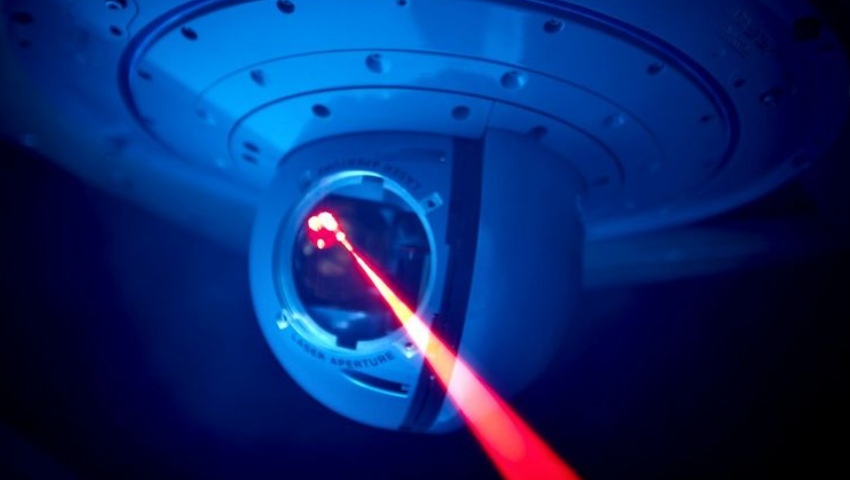The defence contractor is set to install its infrared countermeasure system on additional fixed-wing and rotary wing aircraft under an expanded contract.
To continue reading the rest of this article, please log in.
Create free account to get unlimited news articles and more!
Northrop Grumman has announced its Large Aircraft Infrared Countermeasures (LAIRCM) systems would be fitted on more US and international fixed-wing and rotary wing aircraft as part of an expanded US$146 million US Air Force deal.
The bolstered contract involves LAIRCM upgrades, modifications and installations on a range of aircraft, including:
- the Boeing-built C-17 Globemaster;
- the Lockheed Martin-built C-5 Galaxy;
- the Lockheed Martin-built C-130J Super Hercules;
- the Boeing-built P-8 Poseidon;
- the Sikorsky-built CH-53K King Stallion; and
- the Boeing-built KC-46 Pegasus.
The LAIRCM and other countermeasure systems, like the new Common Infrared Countermeasures (CIRCM) system, are designed to provide spherical protection by detecting, tracking and jamming incoming infrared threats.
The systems, which are installed on more than 1,500 aircraft, are fitted with advanced aircraft survivability equipment, built to neutralise threats by directing a high-intensity laser beam into the eye of the fast-moving missile’s infrared seeker.
“Northrop Grumman has been protecting US Air Force platforms from missile threats for more than 25 years,” said Bob Gough, vice president of navigation, targeting and survivability at Northrop Grumman.
“We remain steadfast in our commitment to delivering advanced aircraft survivability systems that help ensure aircrews make it home safely.”
The news follows the successful deployment of Northrop Grumman’s Terracotta sensor — a fully-digital open mission systems (OMS)-compliant wideband active electronically scanned array (AESA) — during a test flight.
The flight aimed to verify Terracotta’s ability to simultaneously perform active and passive radio frequency capabilities.
The sensor’s almost 200 wideband digital channels can be moulded co-operatively or segmented for unique purposes, including the delivery of electronic warfare, airborne early warning radar, active and passive sensing, and communications.
Terracotta’s multifunction apertures are designed to consolidate multiple capabilities into a single sensor, decreasing both the number of apertures needed and the size, weight, and power requirements for the capabilities.
The sensor’s OMS compliance can also provide an interface solution based on open architecture design, enabling users to add new or improved capabilities.
Northrop Grumman now plans to integrate a combination of OMS/open communication systems sensors and software-defined radios across multiple platforms, networks and nodes to support multi-domain interoperability.

 Login
Login







